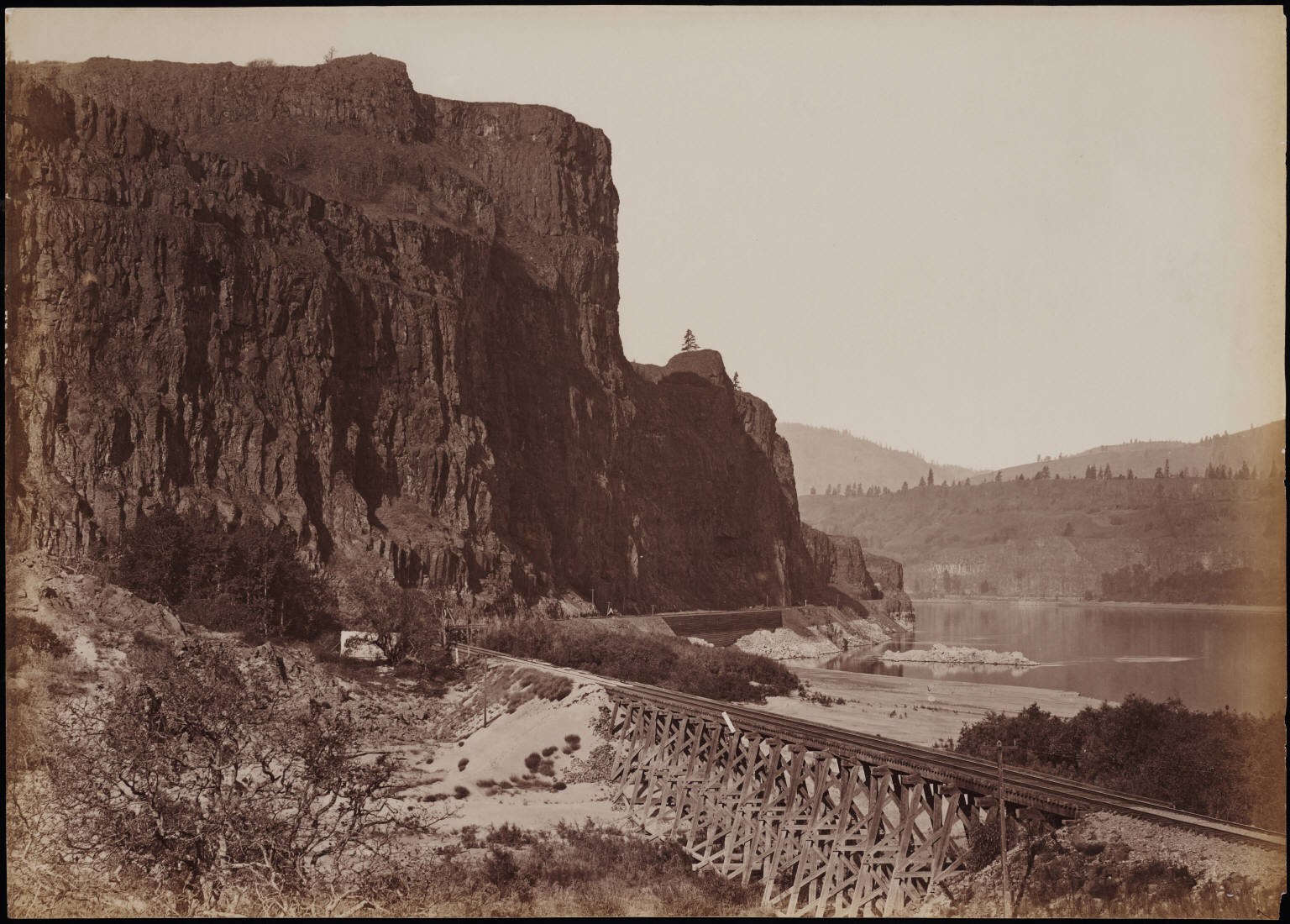InTrans / Aug 16, 2016
Trains: A history
Go! Magazine
 posted on August 16, 2016
posted on August 16, 2016
Over 200 years ago, when locomotives were first being developed, people worried their speed would make passengers “unable to breath” or that “they would be shaken unconscious by the vibrations.”
But today we’re all the wiser. In fact, did you know that there are trains traveling at speeds well over 300 miles per hour (mph)?
Clearly, trains have changed dramatically since they first took to the rails. Like any other mode of transportation, trains, as we know them today, have been centuries in the making!
Railways
So, where did it all begin?
Today, it’s relatively simple to purchase a train ticket and travel freely—depending on what part of the world you’re in. But where did it all start? Is it possible to imagine how far we’ve come since then? Let’s try.
Railways existed as early as 1550, in Germany. These pathways of wooden rails called “wagonways” were the beginning of modern rail transport, making it easier for horse-drawn wagons or carts to move along dirt roads.

By the late 1700s, iron replaced the wooden rails and wheels as wagonways evolved into “tramways” and became popular throughout Europe. Horses still provided the “horsepower” for cargo until the steam-powered locomotive came into play in the early 1800s.
Locomotion
So, what’s a steam-powered locomotive?
The first steam locomotives originated in Great Britain at the dawn of the 19th century. Though the earliest steam-powered locomotives first pulled wagons full of coal, they would soon be engineered to accommodate their first passengers.
The steam-powered locomotive gets its fuel from burning combustible materials—like coal, wood, and oil—to produce steam. Then that steam moves different pieces of machinery that work together to drive the train forward!
The Golden Age
Did you know that in the United States, railroads have been around (almost) as long as the first European settlers? Americans have been using railroads since the 1820s!
Most of the early locomotives in America were imported from Great Britain, although the United States was quick to form a locomotive manufacturing industry of its own. American production of locomotives got off the ground in the early 1830s.
Railroads took off in the United States because cars and airplanes hadn’t been invented yet! Trains served as the most important mode of transportation during a period of time called “The Golden Age” of railroads, which lasted from the 1880s until the 1920s.

So, what happened? In the early 1900s, cars and airplanes were invented, and their popularity grew quickly within the United States. After the 1920s, cars and planes would supersede trains as the primary means of transportation.
The end of an era
But you see trains all the time, right?
As you probably could have guessed, trains didn’t disappear altogether, although steam-powered locomotives were gradually replaced with electric and diesel-powered locomotives beginning in the early 1900s.
Most steam-powered locomotives were retired from regular service routes by the 1980s, but a few are still in service as tourist or heritage lines. Heritage railways operate with the intention to recreate or preserve railways of the past, keeping their history alive.
Trains of today
So, the real question is, what types of trains are available today?
In our next article, we’ll take a closer look at the electric and diesel-powered locomotives that gradually replaced the steam-powered ones. But wait, there’s more! In the last 100 years of rail transport—just like the first 100—there have been major developments!
We’ll also take a look at high-speed trains riding at 100, 200, and even over 300 mph!
Are you up for the ride? Let’s go!
Related links
More about trains: http://www.dkfindout.com/uk/transport/history-trains/
By Hannah Postlethwait, Go! Staff Writer